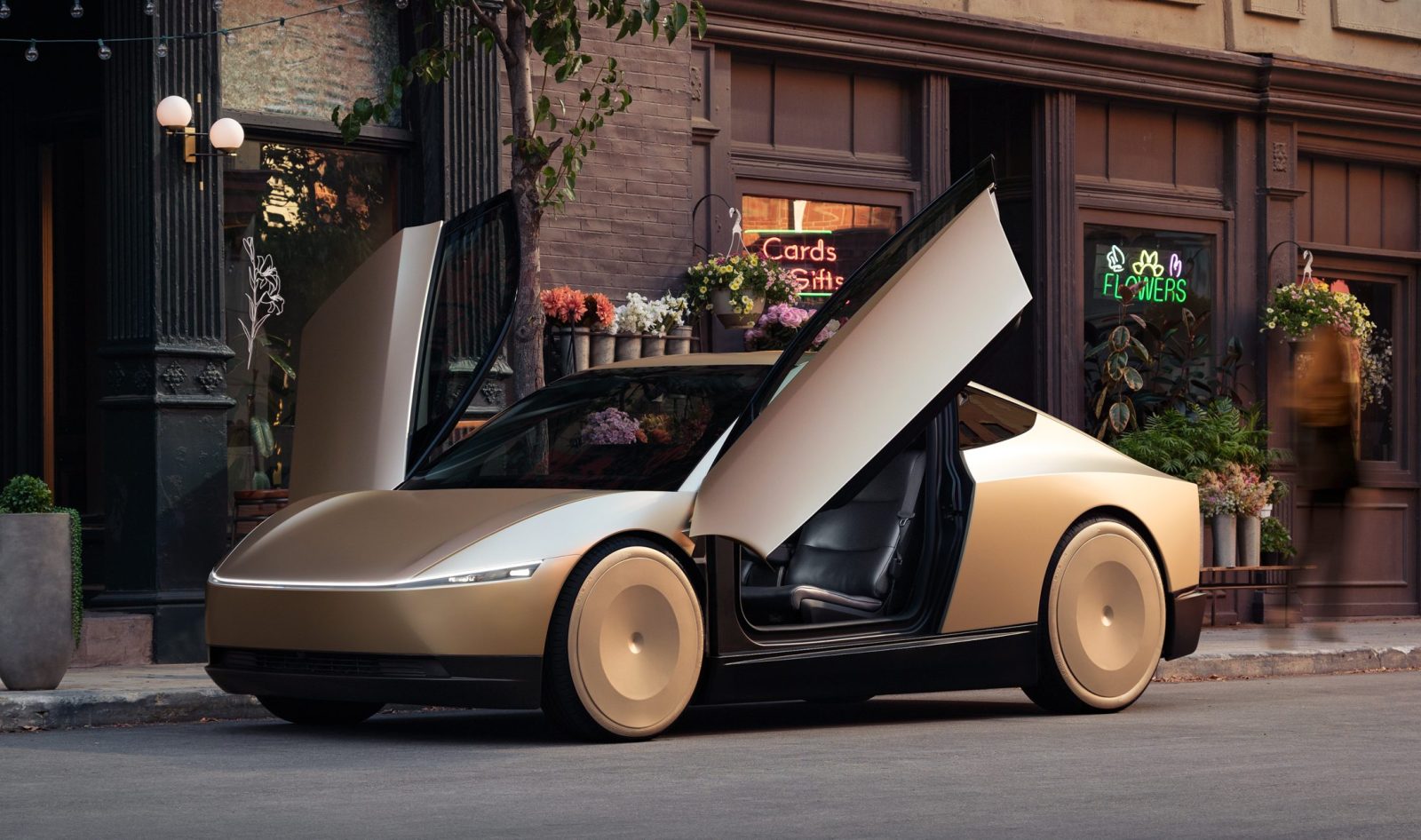John Krafcik, Waymo’s long-time CEO until 2021 and auto industry veteran, explained why Tesla’s Cybercab won’t work in a new interview and went as far as suggesting that Tesla might ‘fake” its upcoming robotaxi launch in Austin in June.
Krafcik is a highly respected leader in the auto industry. He started his career as a mechanical engineer working at the NUMMi plant, then a GM-Toyota factory, but it is now owned by Tesla.
He spent 14 years at Ford, where he was chief engineer of the Ford Expedition and Lincoln Navigator. He then moved to Hyundai America, where he was President for 5 years.
But Krafcik is mostly known for leading Waymo from 2015 to 2021 – helping it become the consensus leader in self-driving technology.
He retired from the company in 2022 and now sits on the boards of Rivian and Daimler Trucks.
The famed engineer recently gave an interview to Germany’s Manager Magazine in which he threw some cold water on Tesla’s Cybercab project (via The Autopian):
If a company were serious about building a safe robotaxi business, the robotaxi wouldn’t look anything like this prototype. A serious robotaxi would demonstrate the primacy of safety; the manufacturer would place sensors in optimal positions—on the roof, as well as on the sides and corners of the vehicle. These sensors would also have cleaning and drying functions—windshield wipers, compressed air nozzles, and so on. A serious robotaxi also wouldn’t have a low-slung coupe body design. This design makes it difficult for people to easily get in and out; not everyone will be able to use these robotaxi vehicles comfortably.
We should note here that Krafcik is not necessarily attacking Tesla’s choice of sensors. Tesla only uses cameras – a choice that has been criticized in the self-driving industry, which tends to also use radar and lidar sensors.
He is criticizing the position of the sensors and Tesla’s limited features to keep them clean and working, which is a fact.
Krafcik also explained that why Waymo stayed off highways for so long (it recently started to drive on them), which could be a problem for Tesla as it goes driverless:
Almost all of the challenging circumstances and vulnerable road users found in cities also exist on highways—only less frequently. We’ve seen cyclists, scooter riders, and pedestrians on American highways. The rarity doesn’t make things easier—it makes them more difficult. You can’t ignore these extremely rare events; you have to solve them robustly, even if the speeds are much higher and the stopping distances are much longer. This means that the sensing, perception, behavior prediction, and path planning aspects are much more demanding for autonomous trucks than for slower-moving robotaxis in the city.
When talking about Tesla’s launch of a robotaxi service in Austin in June, Krafcik didn’t mince his words:
“There are many ways to fake a robotaxi service.”
Tesla is expected to launch a ride-hailing service in Austin, Texas, starting this June, using its vehicles without human drivers.
However, while some Tesla fans are hailing this as CEO Elon Musk finally making true on his promise to deliver robotaxi, it is far from its promise of delivering robotaxi-level self-driving in all Tesla vehicles built since 2016.
As we previously reported, Tesla is expected to use an internal fleet backed by teleoperation support in a geo-fenced and mapped area of Austin. It is a service similar to what Waymo has been offering for years, which Musk has often criticized for not being scalable.
Electrek’s Take
Krafcik makes some great points about the Cybercab. Tesla is limiting itself by insisting on making a “dedicated robotaxi vehicle” that it also plans to sell to consumers.
This creates aesthetic limitations, as Tesla doesn’t want big sensors with cleaning devices visible on the vehicle’s roof. The result is a lesser robotaxi.
It’s also true that the Cybercab’s form-factor as a coupe doesn’t make much sense for a taxi, self-driving or not.
Finally, I do share Krafcik’s concerns about Tesla “faking” its robotaxi launch – although “faking” might not be exactly the correct term. It simply nowhere near what Musk has been promising Tesla customers for years, which is that their vehicles bought since 2016 would be self-driving without driver supervision.
It isn’t the case and it doesn’t look like it is anything close to it.
FTC: We use income earning auto affiliate links. More.








